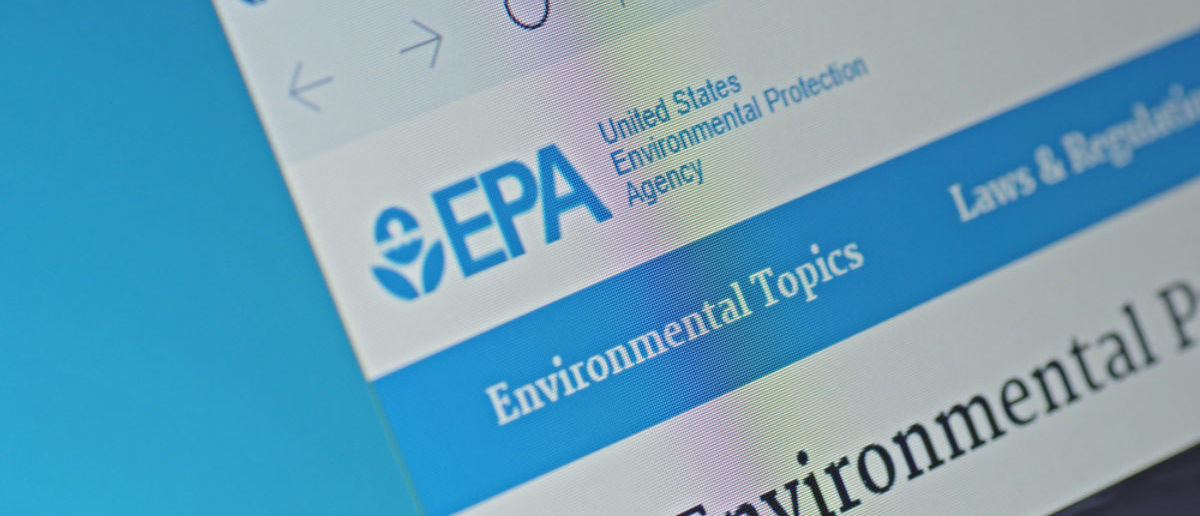The late Canadian-American anthropologist, Anthony Wallace, posited the idea that we are living in a “Revitalization Moment”. He said there were four distinct stages to this moment: Stage One – serious individual stress; Stage Two- alienation everywhere; Stage Three – people agree there is a problem, but not how to cope with it; and Stage Four – the emergence of a new worldview and the restructuring of old institutions to enable it.
As we look at our society today we see evidence everywhere of stages one and two from individual loners engaging in terrorist attacks to rhetoric promoting violence and hatred leading to a resurgence of hate groups (anti-Islam, anti-black, anti-immigrant, etc.). Most people agree there is a problem, as stage three indicates, but not how to cope with it. And so we find ourselves increasingly polarized within nations as well as between and among nations. Increasingly hostile words are exchanged leading to armed conflict. We hear that more money is needed for security; more and more powerful weapons must be developed; a higher wall must be built. Yet history has taught us that more weapons do not lead to peace. In the words of the late General Omar Bradley, “We live in a world of nuclear giants and ethical infants, in a world that has achieved brilliance without wisdom, power without conscience. We have solved the mystery of the atom and forgotten the lessons of the Sermon on the Mount. We know more about war than we know about peace, more about dying than we know about living.”
It is easy to just give up; to say “there is nothing I can do.” But then there is stage four. Stage four challenges us to recognize that each of us has a role to play in creating the emergence of a new worldview. Critical to this new view is the realization that “everything is connected”. Former Secretary-General Ban Ki-moon clearly stated this: “Saving our planet, lifting people out of poverty, advancing economic growth…these are one and the same fight. We must connect the dots between climate change, water scarcity, energy shortages, global health, food security and women’s empowerment. Solutions to one problem must be solutions for all.” Pope Francis in his encyclical “Laudato Si” reminds us that “Everything is related and we human beings are united as brothers and sisters on a wonderful pilgrimage, woven together by the love God has for each of his creatures and which also unites us in fond affection with brother sun, sister moon, brother river and mother earth.”
This new worldview, which can and must restructure old institutions to enable it, must flow from deep within each of us. None of us can bring about this new worldview alone, but each of us has a role to play. The first step is to pray for the wisdom to see that everything is connected. When this realization touches your core, it does not matter where you start. What is your passion? How are you living out of that passion? What organizations do you belong to that need restructuring? How can you be a voice for change? How can you work with others whose passions may differ from your own but whose lives are also an integral part of the whole? What steps will you take to become a strong and colorful thread in the tapestry of creation?
All real change begins from within. The following Native American tale helps us to see this so clearly: Long ago, before anyone can remember, people lived in harmony with each other and will all of God’s creation. Gradually, however, they separated themselves from the oneness that they knew. The elders became greatly concerned that the people no longer lived as the Great Spirit intended so decided to take away the gift of harmony until such a time as the people were ready for it.
They gathered up the wisdom and met in council to decide where to hide it until the time the people would be ready to receive it. One of the elders suggested they hide it in a deep cavern located in a series of caves. But others said that the people often went where they did not belong and surely someone would find it before it was time for its return. Another suggested dropping it into the bottom of a lake that was so deep no one even knew where the bottom was. At first, they thought this might be the answer, but then another elder said, “No, these people fish and surely one of them will hook it and bring it up before it is time.”
Now the elders were becoming greatly frustrated. They felt so keenly the responsibility to safeguard the wisdom the Great Spirit had given them but did not know where to hide it. Then a small voice spoke up. It was the eldest woman of the clan and she said, “Let’s hide it inside of them. They will never think to look there.” And they all knew they had their answer.
That wisdom resides in each of us. May this New Year gives us the courage to take the time to look within to find that wisdom and to share our piece with the millions of others throughout the world who are also longing for peace and harmony.


